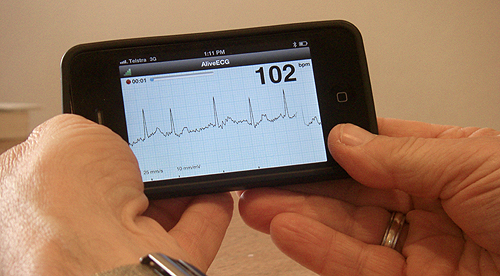Guest Post – Justin Blows is a Patent Attorney and the founder of Phoenix Intellectual Property. He has extensive...
University of Sydney
Startup Name SwarmFarm Robotics What problem are you solving? The United Nations states that we need...
After 3-4 anxious days of living on the edge of four bushfire zones (Update a new fire...
A team from the University of Sydney has created a special iPhone case and app that can be...



